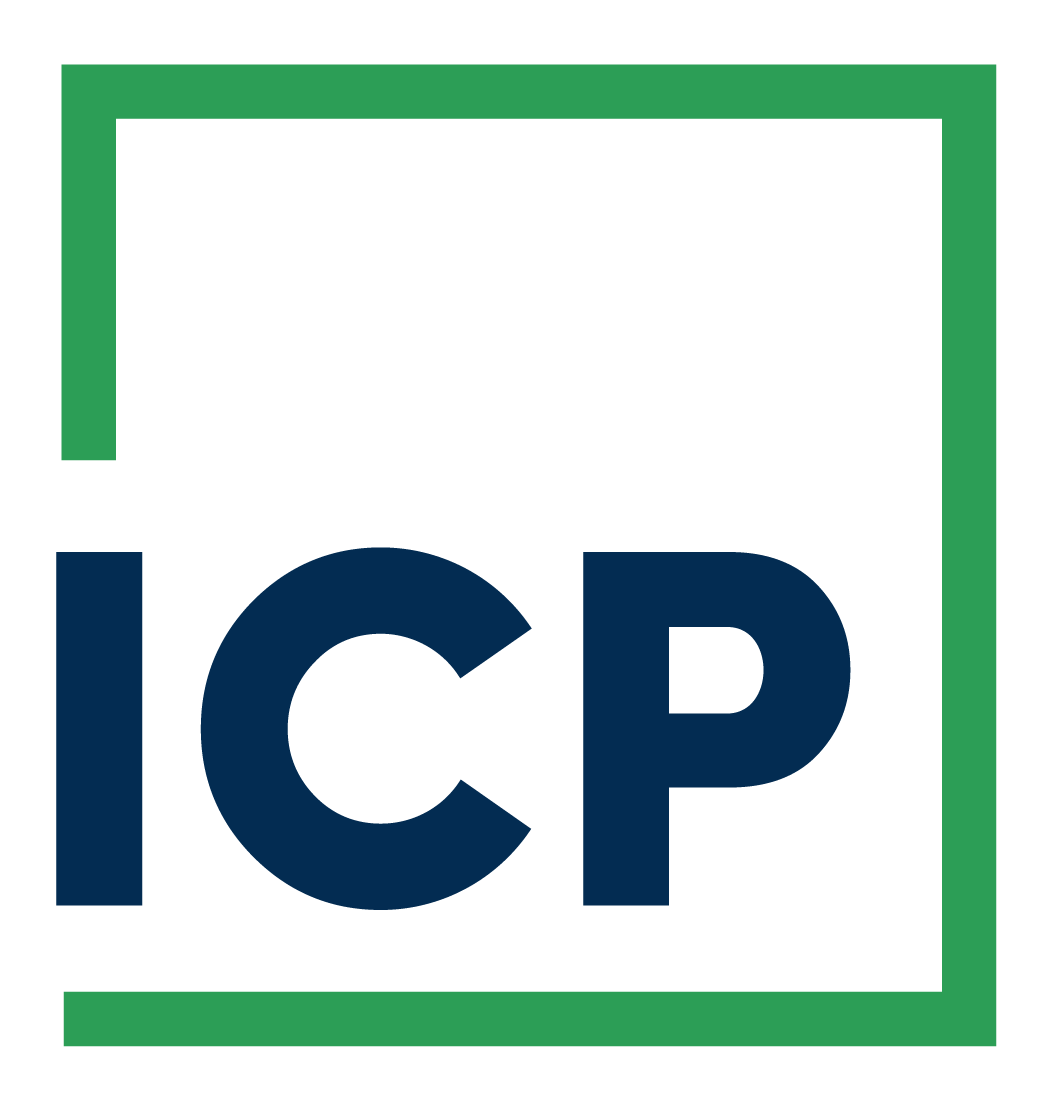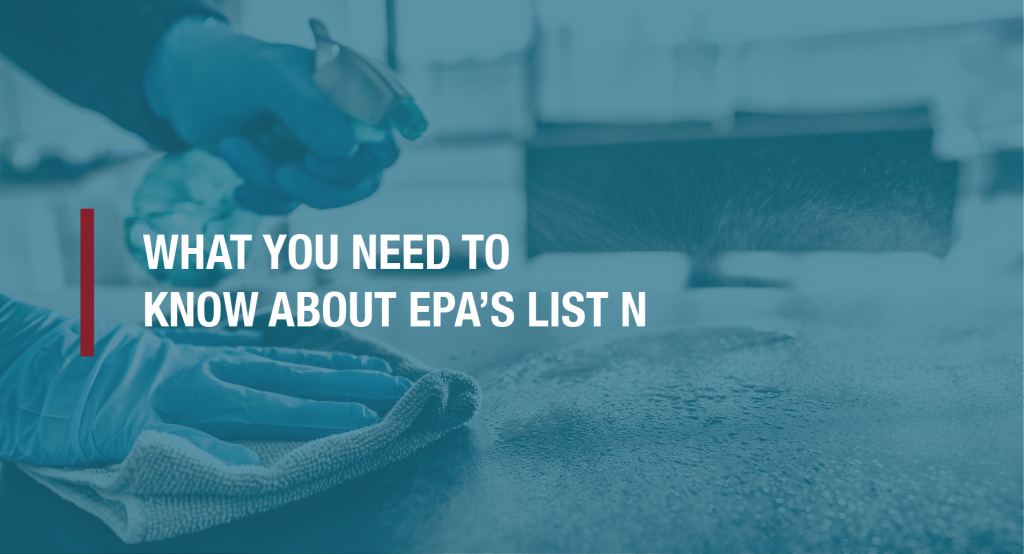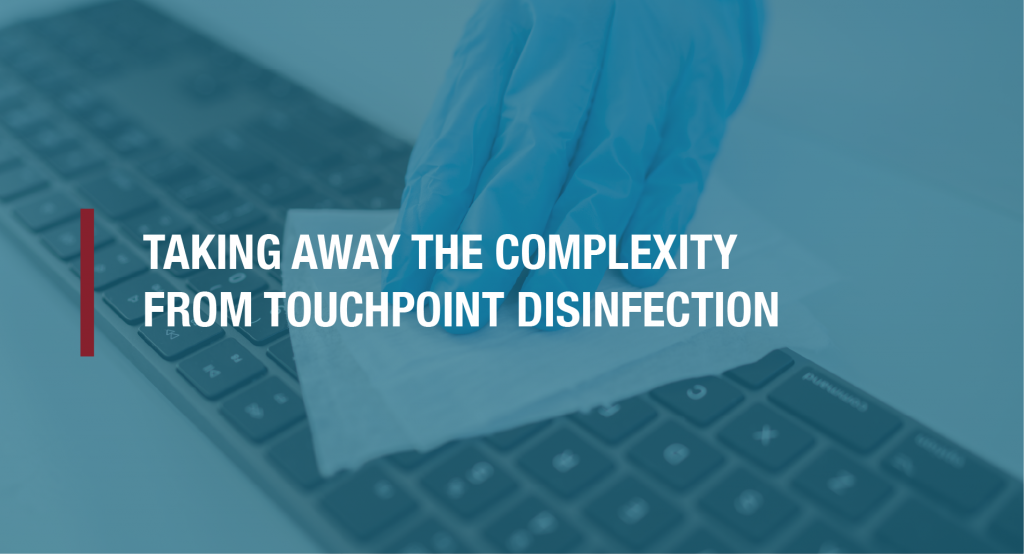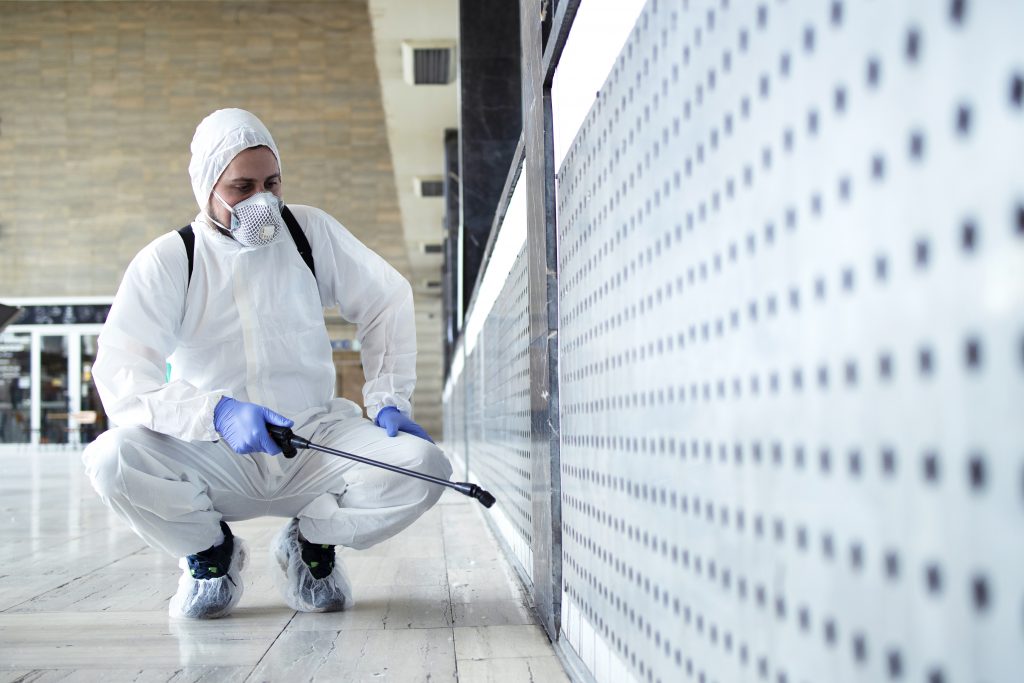OSHA Predictions Related to COVID-19
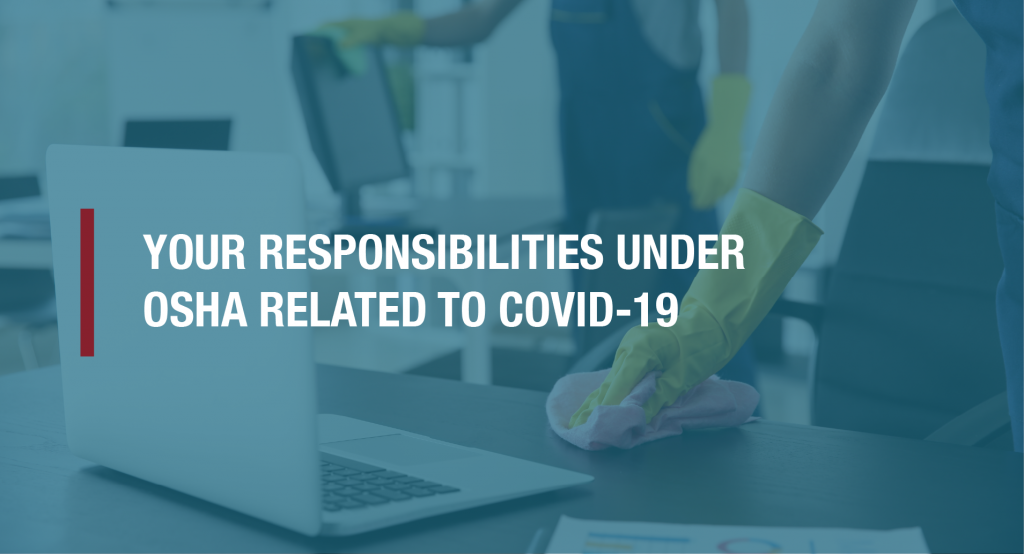 OSHA Predictions Related to COVID-19
OSHA Predictions Related to COVID-19
By Cole Stanton
As an employer, you have the responsibility to protect your employees from COVID-19.
Your employees are your greatest asset. Protecting them means the difference between keeping your crews healthy and productive and shutting down a jobsite or your business for weeks or even months or worse.
Moving forward, expect to see job site requirements for a COVID site supervisor and COVID safety officer. According to the General Duty Clause from the OSHA Act of 1970, in addition to compliance with hazard-specific standards, all employers must provide a work environment “free from recognized hazards that are causing or are likely to cause death or serious physical harm.” Employers have the responsibility via the Act to mitigate the hazard presented by the COVID-19 disease. In parallel, the multitude of CDC recommendations also place responsibility on decisionmakers to protect, and although little specific guidance is provided, one word set repeats in all the recommendations: clean and disinfect.
While policies surrounding fall protection, ventilation and PPE are commonplace, infection control for many businesses is a new landscape. Moving forward, have a written policy that meets CDC and OSHA requirements. Your team has a ‘right to know’ the expectations for keeping themselves and their peers/colleagues safe. That includes what disinfects are used, why and how.
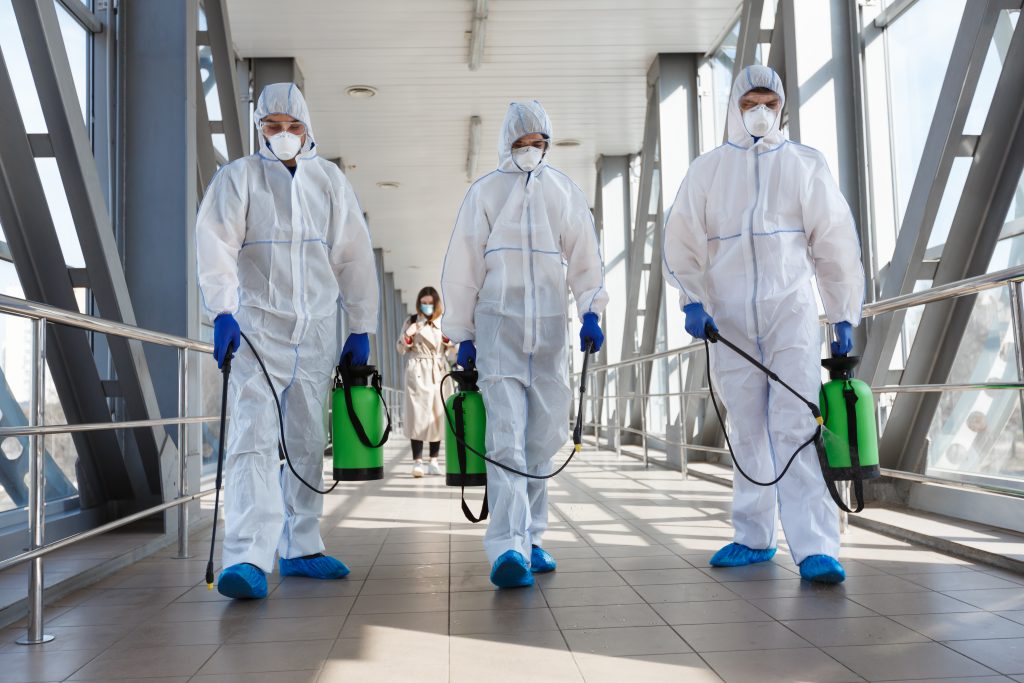
Expect new guidelines for worker safety to require testing, tracking and isolation to prevent collateral damage. Ensure that your policy covers frequent disinfecting of tools, equipment touch points, iPads or clip boards and vehicle touchpoints utilizing an EPA N list disinfectant. Your offices, jobsite trailers and warehouse space will need a regular disinfectant schedule, additional worker protection and an emergency response plan should a COVID-19 case positive occur within your organization or at your customers’ homes, buildings and construction sites.
Developing a policy for infection prevention, including your process for disinfecting, protects your employees and your business from harm. Take the time to train your employees on the guidelines your new infection control policy covers and be sure they know where to access the sanitizing supplies needed to clean.
Sanitizing supplies have been hard to come by, but ICP Group’s Fiberlock brand has disinfectants and sanitizers in stock that are EPA approved to kill coronavirus. They are ideal for use in public spaces, on jobsites and are safe enough to be used in schools and healthcare environments.
The New Normal has a new bottom line. Everyone that is responsible or accountable has this duty: Clean and Disinfect to the extent necessary to mitigate against exposure of guests, customers, visitors, members and staff to the virus on touchable surfaces.
About the Author
Cole Stanton
As of Spring 2020, Cole Stanton is Director of Education and AED Specification for the Building Solutions Group (BSG) of ICP (Innovative Chemical Products). In building out a more structured and robust training, knowledge, and specification capability, Cole continues to engage and serve all 24 brands and over 12,000 construction projects in the BSG portfolio. These product areas include building envelope, environmental restoration & remediation, waterproofing, aesthetic finishes, industrial performance coatings, paint removers, marine applications, cementitious technologies, and recreational/athletic surfaces. ICP is the 10th largest coatings company in North America.
For 22 years prior, Cole served in leadership, technical and field sales roles for ICP’s Fiberlock’s products for remediation of asbestos, lead paint, mold, disaster recovery, and smoke/fire restoration.

